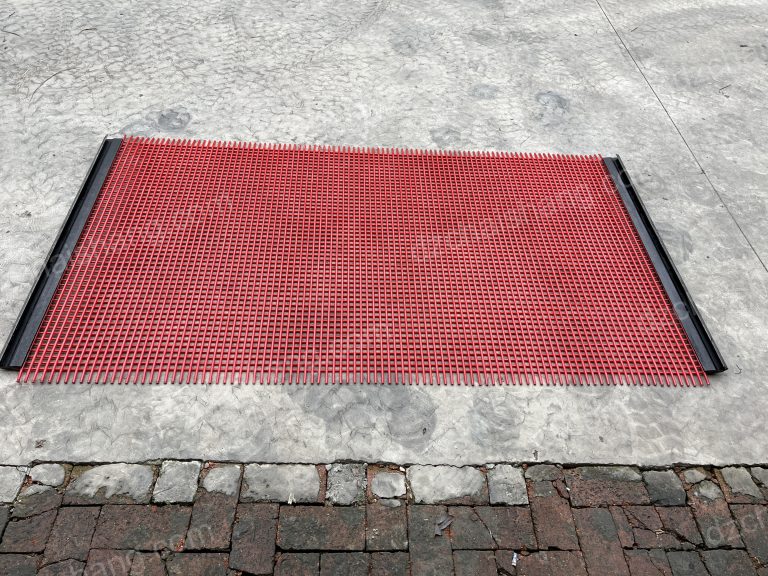ميزات وفوائد لوحة الشاشة المصنوعة من مادة البولي يوريثين
ألواح شاشة البولي يوريثين: دليل شامل لميزاتها وفوائدها polyurethane screen panels are an increasingly popular choice for a variety of applications, from…
ألواح شاشة البولي يوريثين: دليل شامل لميزاتها وفوائدها
polyurethane screen panels are an increasingly popular choice for a variety of applications, from mining and quarrying to food processing and chemical production. These panels offer a number of advantages over traditional metal screens, including improved wear resistance, greater flexibility, and better noise reduction. In this guide, we’ll explore the features and benefits of polyurethane screen panels in greater detail.
One of the primary advantages of polyurethane screen panels is their superior wear resistance. These panels are made from a highly durable material that is resistant to abrasion, corrosion, and impact. This makes them ideal for use in harsh environments, where traditional metal screens may not be able to withstand the wear and tear. Additionally, polyurethane screen panels are much lighter than metal screens, making them easier to install and transport.
Polyurethane screen panels also offer greater flexibility than metal screens. These panels can be easily cut and shaped to fit any application, allowing for a more customized solution. Additionally, polyurethane screen panels are available in a variety of colors and textures, allowing for a more aesthetically pleasing installation.
In conclusion, polyurethane screen panels offer a number of advantages over traditional metal screens. These panels are highly durable, flexible, and offer superior noise reduction. As such, they are an ideal choice for a variety of applications, from mining and quarrying to food processing and chemical production.







